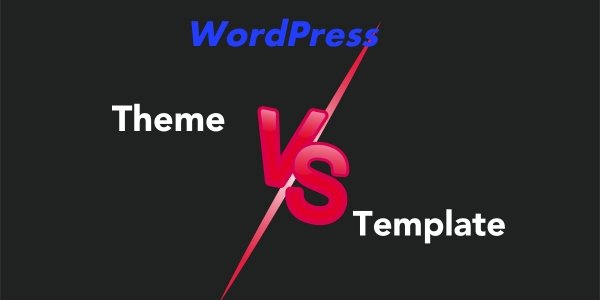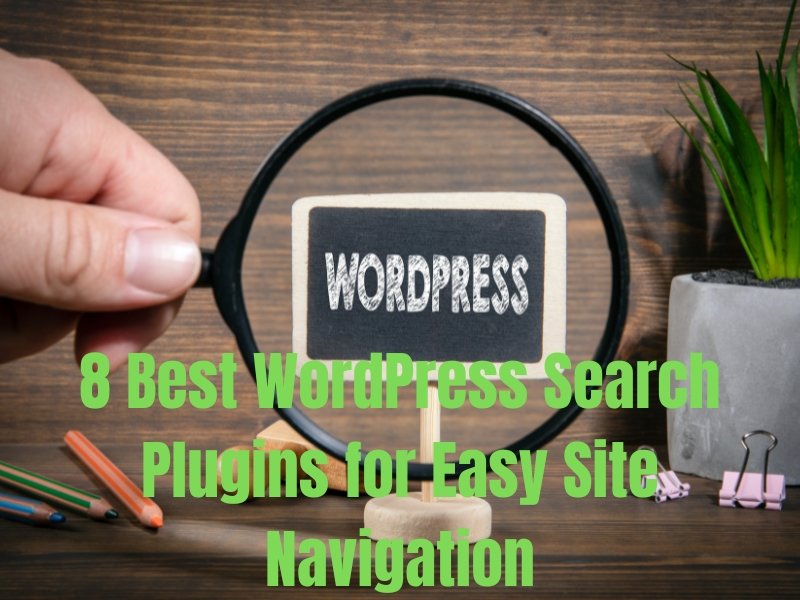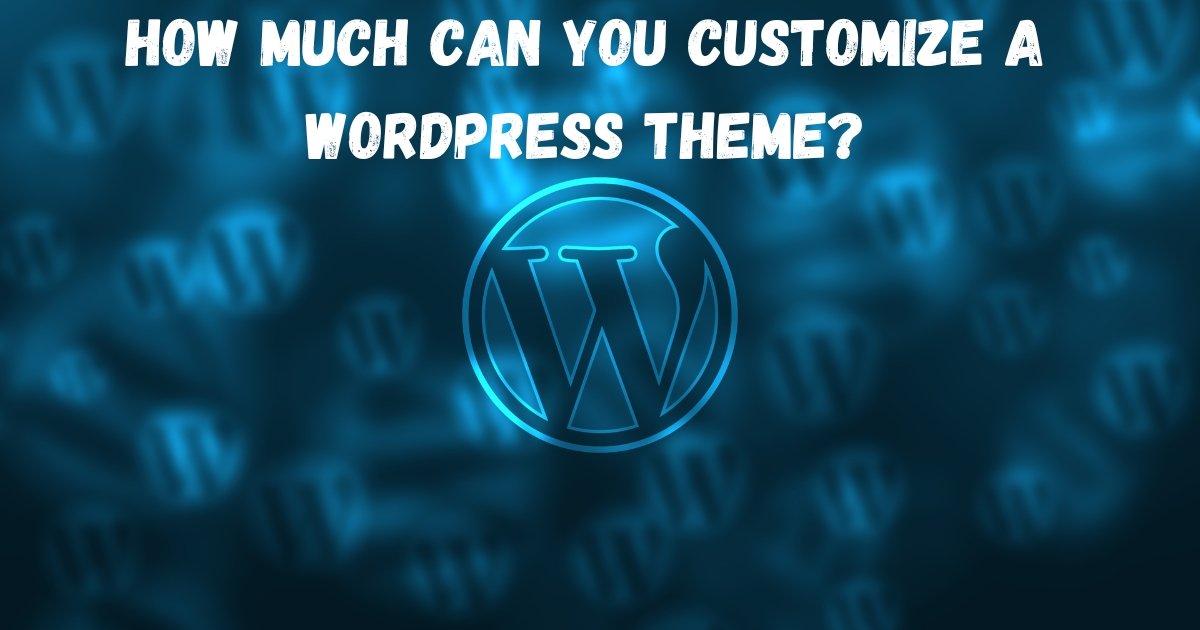Do you ever get puzzled or wonder how WordPress themes and templates differ?
WordPress is perfect for making websites that appear the way you want them to. However, you may not have as much control over how your site and its content are presented as you could if you don’t fully understand what themes and templates are or how to apply them.
Don’t worry, though; this post will catch you up. You will discover the distinctions between WordPress Theme vs Template in this guide. So let’s get started.
What are WordPress Themes?
A WordPress theme serves as the foundation for the entire design of a WordPress site, influencing its overall appearance and functionality by regulating the front-end layout. All of the web design elements—color schemes, backdrops, headers and footers, typography, page layouts, scaling, positioning, etc.—are referred to as the basis for a complete design.
Frequently, WordPress themes and templates are wrongly used interchangeably. The WordPress repository’s themes typically require you to utilize a specific layout with little room for personalization. Pre-made layouts are used by theme markets, which are frequently slow, bloated, and include a page builder that you are compelled to utilize.
In reality, a WordPress theme functions by means of a CSS stylesheet, which manages the previously discussed design components. Stylesheets are versatile in that they can be applied to individual elements as specified by the designer or developer or to the entire site, as you may or may not know from your basic understanding of HTML and CSS.
As you may be aware, there are several locations where you may obtain WordPress themes. They are available from a number of WordPress theme marketplaces or via the official WordPress theme directory. Even making your own WordPress theme is an option, but that’s another story.
After selecting a theme, you use your WordPress admin panel to download and install it. The theme files are then automatically downloaded to your web server. After applying a theme, it will be applied to your placeholder content and alter your website’s appearance.
What are WordPress Templates?
WordPress templates are different from WordPress themes in that they only apply to specific pages of a website, not the entire thing. Stated differently, a template is a one-page design that is accessible within a WordPress theme. In fact, some WordPress themes have their own templates, which may comprise several variations of a single page type. A template for a blog post page, for instance, might be included in a theme; however, it will be available in two widths: full-width and narrow-width.
Use of WordPress templates involves applying them to specific pages using the page editor. As a result, specific page types, such homepages or archive pages, frequently have unique templates.
A “template” is a particular component of your theme in the context of Elementor. For instance, you would have distinct themes for each of your websites:
- Header
- Blog post design
- Blog list design
- Footer
These templates can then be put together to create a finished website, much like Legos. Elementor even provides a tool called Template Kits that allows you to save time by providing you with pre-made sets of all the templates you would require to produce a unified design.
WordPress Theme vs Template: What’s the Differences
While “theme” and “template” are often used interchangeably in WordPress discussions, they serve distinct purposes in website design and functionality.
In its most basic form, the number of pages that each WordPress theme and template relates to is the distinction between them. The layout of a single page on your website is influenced by templates, while themes influence the overall style of your website.
The quantity of themes and templates varies as well; you can have more than one WordPress theme active on your website at once, but you can only have one theme active at a time. Additionally, you can use a different template for your portfolio and a different one for your blog. Actually, you can have multiple templates on a single page of your website. This means that you can have a distinct Footer template for the same page and a header template for the same page. When using templates, you will often utilize a different template for every section of your website.
In short, a theme provides the full design package, while templates are individual pieces of that package used for specific pages or content types. Understanding the difference helps you make better decisions when building or customizing your WordPress site.
Final Words
This is the ultimate guide about WordPress theme vs Template. Although they have separate meanings, WordPress themes and templates are sometimes used interchangeably. As previously stated, a WordPress theme determines how your website looks right away, whereas a template focuses more on the specifics of the website.
Although templates are faster and more efficient than themes, themes are still significant since they serve as the foundation for the templates you will create. Additionally, combining them gives you a collection of tools for creating distinctive, effective, and useful WordPress websites.
Frequently Asked Questions
1. What is the difference between a WordPress theme and a template?
A theme controls the overall design and layout of your WordPress site, while a template is a single-page layout within that theme (like a blog post or contact page).
2. Can I use multiple templates in one WordPress theme?
Yes, a WordPress theme can contain multiple templates for different page types, such as a homepage, blog posts, or landing pages.
3. Do I need both a theme and a template to build my site?
Yes. A theme provides the base design and structure, and templates help display specific content in various layouts.
4. Can I customize templates inside a WordPress theme?
Absolutely. You can customize templates using the theme editor, child themes, or a page builder plugin like Elementor or WPBakery.
5. Are templates reusable across different themes?
Not always. Templates are usually designed for a specific theme, so switching themes might break or replace them with new layouts.




